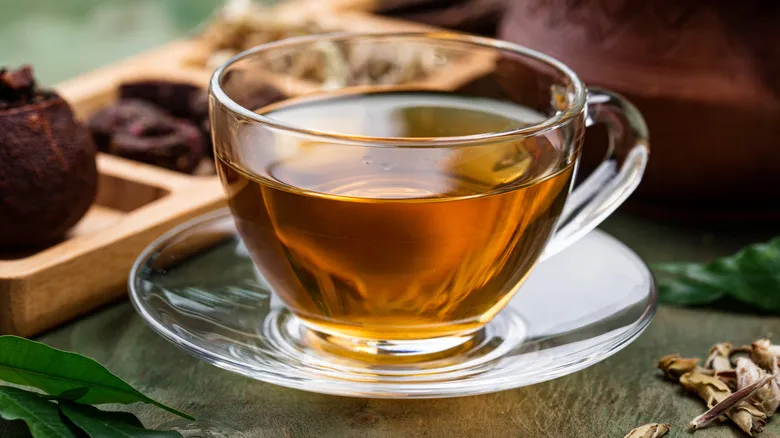The science of decaffeination
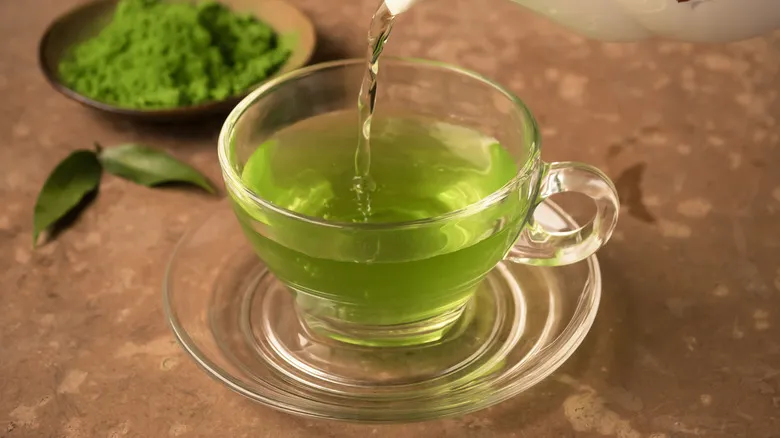
Decaf often receives a negative perception compared to regular caffeinated beverages. However, if you cherish the aroma or taste of your favorite Japanese Hojicha green tea but need to rise early tomorrow, there's good news: by grasping the science of caffeine extraction, you can create your own decaf at home using nearly any tea blend you have on hand.
As Michelle Francl explains in her book, caffeine is highly soluble in water (hydrophilic), while the compounds that contribute to tea's flavor and aroma, like tannins, are less soluble (hydrophobic). By initially brewing the tea for a very short time, you can extract a significant amount of caffeine while leaving many of the flavorful elements behind. When you brew it a second time, the remaining flavors and aromas are released, resulting in a decent cup with less than a quarter of the original caffeine content.
It's important to note, though, that homemade decaf tea will still have a somewhat diluted taste, similar to commercially available decafs. Caffeine plays a crucial role in the flavor profile of tea, contributing to its bitterness. Without it, the drink may not taste quite the same. Nevertheless, for some, transforming green tea from a less-than-ideal evening beverage into a more sleep-friendly option is well worth the effort.
What about black tea?
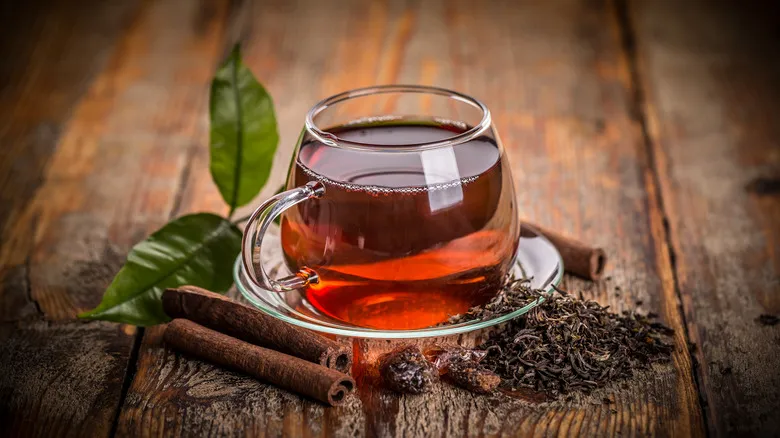
Michelle Francl pointed out that the method described above is most effective for green tea. In contrast, black tea has a unique chemical composition, which means that double-brewed decaf versions tend to lack flavor. While you can give it a shot if you're out of alternatives, opting for commercially produced decaf black tea is a better choice for a restful night. These products utilize specialized solvents and decaffeination processes to effectively remove caffeine. Although some flavor and aroma will inevitably be lost, the taste will be superior to that of homemade double-steeped decaf black tea.
If the idea of losing flavor is unappealing to you, consider trying tisanes (herbal teas). They are completely caffeine-free (even those labeled as decaf may contain trace amounts), and the variety of herbal blends available means you'll easily find something that matches your preferences. While you might miss the warm, vegetal notes of your favorite tea, tisanes can still provide a soothing, comforting beverage that helps you drift off to sleep.
Recommended
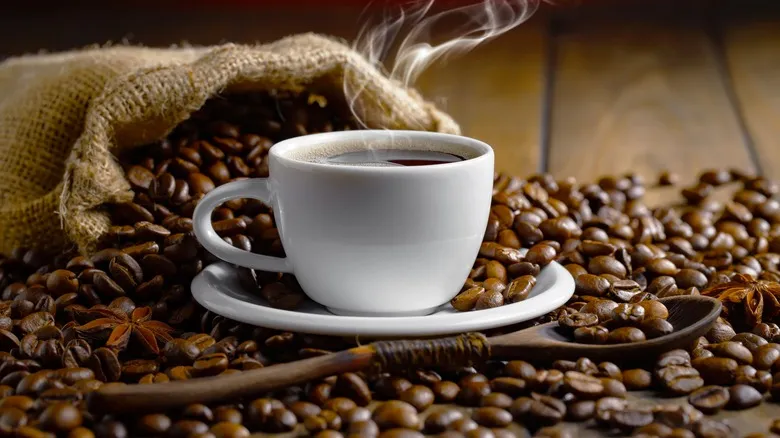
Harvest Date Vs Roast Date: Which Matters Most For Buying Coffee?
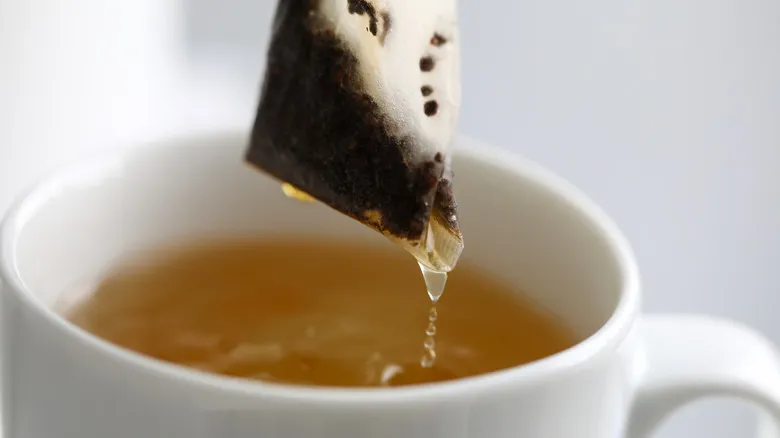
Scientists Figured Out How To Prevent Film From Forming On Your Tea
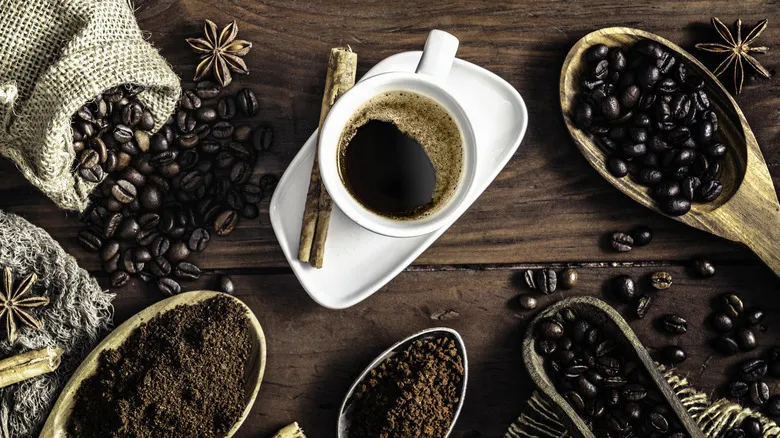
How Much Caffeine Is There In Decaf Coffee?
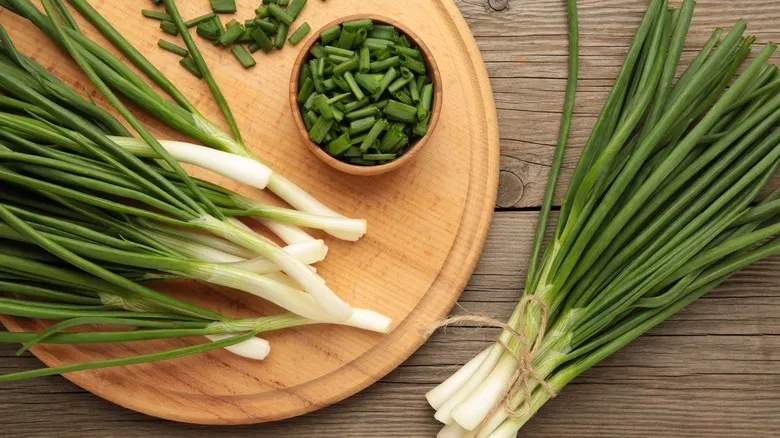
Green Onion Coffee Is All The Rage In China. Is It Worth Trying?
Next up

